The Brewery District, an exciting live, work, learn and play community has gone to great lengths to incorporate a wide range of sustainable strategies into all aspects of the development and construction process. By implementing the United States Green Building Council, LEED Neighborhood Development Rating System, The Brewery District has been designed to achieve Platinum Certification and is one of urban America’s premier sustainable neighborhoods. These accomplishments are attributed to the strategies outlined below.
Sustainability Guidelines
Comprehensive sustainability guidelines have been created by the neighborhood developer to inspire, educate and implement the sustainable strategies at The Brewery District. The District blends the fundamental principles of historic preservation with sustainability developing an entirely new, and historic mixed-use neighborhood. Sustainable features involve mixed occupancy uses designed into the neighborhood, reuse and preservation of historic buildings, updating the site infrastructure with energy efficient lighting, use of recycled materials, reduction of automobile dependence, heat island reduction, storm water management design, and light pollution reduction among others.
Brownfield Redevelopment
The Brewery District’s adaptive reuse and brownfield reclamation conserves land, develops density, and brings vitality to Milwaukee’s Downtown resulting in urban regeneration. Developed from the Pabst Brewing Company manufacturing complex, the District contained contaminants throughout the seven block site from over 100 years of manufacturing. Brownfield redevelopment efforts included asbestos and lead paint abatement and the remediation of contaminated soils.
Historic Preservation of Buildings
Listed on the National Register of Historic Places, The Brewery District redeveloped over 60% of the original Pabst Brewing Company complex. The District’s sustainable approach in redevelopment included the adaptive reuse and preservation of historic buildings. This approach reduced the consumption of new resources and building materials while preserving the architectural and urban fabric unique to the neighborhood.
Stormwater Management
The Brewery District has been designed to capture all stormwater from roof tops, open areas and roadways before entering the combined sewer system. This stormwater is collected and purified through the implementation of underground detention reservoirs, porous pavement areas, bioswales, and the aggressive use of landscaping and native plantings. The Brewery District, once a 100% impervious site, now infiltrates over 75% of the average annual rainfall and extracts over 85% of its pollutants.
Urbanism and Smart Growth
The Brewery District’s design incorporates the new urbanism model and smart growth principles into its master plan to utilize and develop project density, a mixed-use environment, diversity and affordability of residential dwellings, site connectivity with pedestrian friendly streetscapes, multi-purpose and centralized parking, easy access to public transportation and the Bublr bikeshare program.
Demolition and Construction Waste Management
Waste reduction, comprehensive demolition, and construction waste management planning recycled, reclaimed, or resold over 85% of all debris from demolished buildings and infrastructure in The Brewery District. New construction of buildings recycled a minimum of 75% of construction waste.



